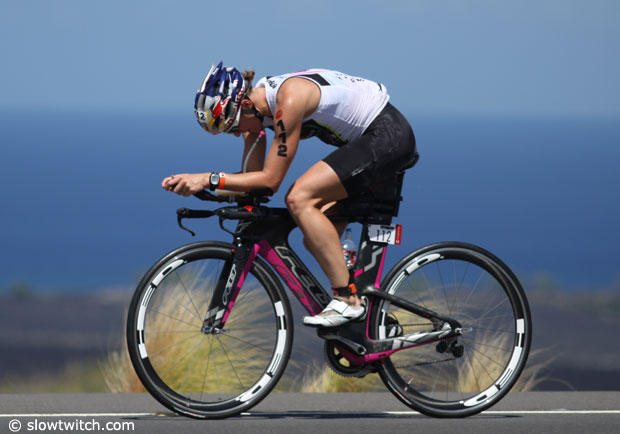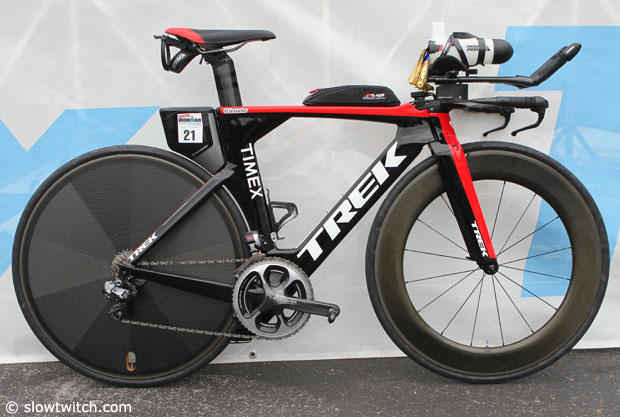Winners and Losers: Components
There's always a little noise in the Kona counts. I began this count back in 1992 and ran them up through 2006, when I "retired" from that hard job and Lava Magazine ably manages the count now. It's an industry cooperative and lots of brand managers from bike, component and accessory companies come out to help in the effort.
The noise of which I speak is apparent in the pedal count. There were 2090 total pedal pairs counted in 2013, only 1984 in 2014, according to the published counts for both years. But the race was actually larger in 2014, more competitors. What happened? Where did the pedals go? You'll notice the 2013 count had 23 sets of Garmin pedals, none in 2014. But the Garmin Vector was listed in the power meter count in 2014, with 126.
My guess is that Garmin, as a pedal maker, just wasn't listed as a "pedal" in the 2014 count. That's the only way I can square the numbers. Obviously it's both a pedal and a power meter, and when you adopt this as your power meter you subtract whatever it was you previously used as a pedal.
What pedals got "subtracted" when a competitor in the race chose a Garmin pedal + power meter? That subtraction was probably felt harder by Speedplay than any other company, which "lost" about 50 pedals from its 2013 total of 406 in the race in 2013. (Will its new aero pedal and walkable cleats – pictured below – give this premier brand new momentum?) Time took a small hit year-over-year, down 6 pedals from last year's total of 91, as did the winner of the pedal category both last year and this – Look – down from 815 pedals to 788. Shimano is the gainer, increasing from 695 pedals to 708.
Shimano made nice gains all around from 2013 to 2014, grabbing more of the lead in groupkits as well, up to 1633 from 1490 the year before, while SRAM dipped, losing about 100 groupkits from last year's 537. Campagnolo trails these two but had a nice increase, from 34 to 52. Campy's intuitive electronic bar-end shifters no doubt helped its increase.
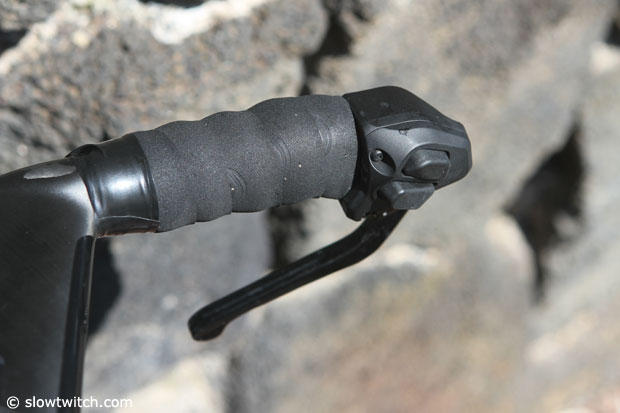
Electronic is what fueled Shimano's upsurge. There were 397 bikes with electronic shifting in Kona last year and this year that total was 617. Had SRAM an electronic group it would not have lost share.
Over the past half-dozen years SRAM overcome any advantage Shimano had in triathlon by paying specific attention to the function and ergonomics of bar end shifters and plug-in brake levers. Also, SRAM's Yaw front derailleur precludes the need for trimming the FD after shifting the rear of the bike. But it's given some of that back over the last couple of years. It's Return-to-Center shifters are not considered by everybody an advantage over its breakthrough 500 and 900 paddle-style shifters, and it's not got electronic – yet.
Also, Shimano's electronic shifting is just crackerjack, and maybe the best thing about it is the auto-trim FD.
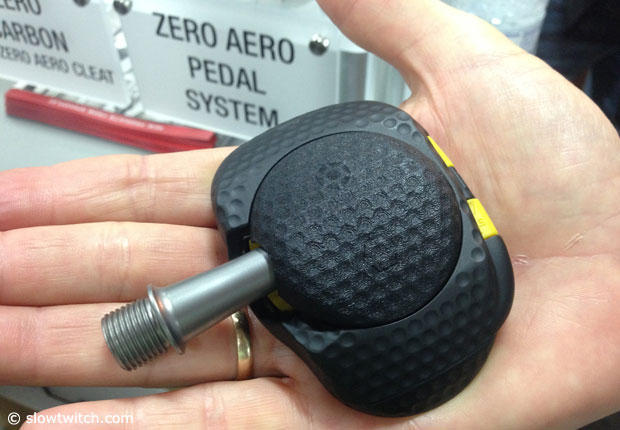
Besides making just very good components there are two strategic reasons Shimano has gained over its rival SRAM. One has to do with how Trek bikes are sold to triathletes and, remember, Trek had an "incremental" gain of 95 bikes year-over-year based on my calculation. Trek's Project One program is exceedingly popular, and if you've been looking at the right hand column of the Slowtwitch home page you've seen a steady stream of Speed Concepts profiled, owned by pro and age group racers, and they each have distinctive paint schemes. That's part of the beauty of that P-1 process: custom paint. But it's also custom component options. Stores that might have been reticent to floor, in advance, size runs of very expensive, risky, pricey Speed Concepts outfitted with electronic groupkits have sold these bikes without risk due to the pay-as-you-go P-1 sales process. Trek has made it very easy to spec and buy the electronic bike you want. One example is Tim O'Donnell's Campagnolo equipped, custom painted SC pictured below.
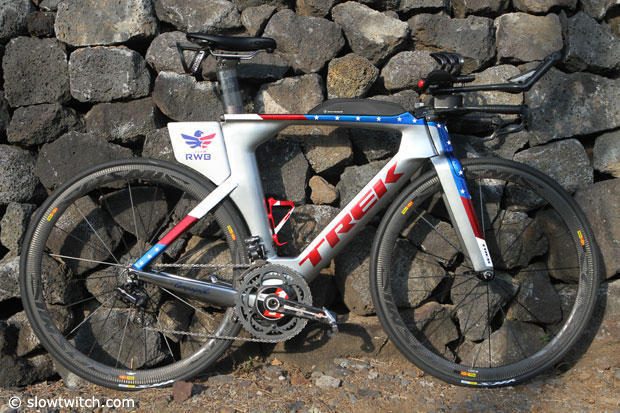
There's another reason for Shimano's upsurge, and it's just a strategic change in that company's business. For better than 20 years I've been wondering why the big infrastructure in Shimano's American headquarters has not been leveraged. It's got this big headquarters, only to continue to sell through distributors, giving away 20 or 30 points of margin. Shimano seems finally to have been asking itself that question. The "distributor" is a fading model when it comes to the sales of large components. It's the bike industry's version of the travel agent. It's an unnecessary and large siphon of profits.
This isn't true for smaller brands. Distributors are still very handy for most bike industry brands, just not for the largest brands. If you think about distributors in the old sense – carrying Shimano, Campagnolo and SRAM – I can't imagine why, in 5 years, any distributor other than QBP will still enjoy this business.
Shimano laid the groundwork some years ago for this. It developed relationships directly with retailers through its pedal and footwear business. It owns PRO – a handlebar/stem maker – and it owns Pearl Izumi. It's now got deep tentacles into the retail community. It's new bike fit system, while struggling to get off the ground, is another strategic attempt to forge yet closer relationships with the retailer.


